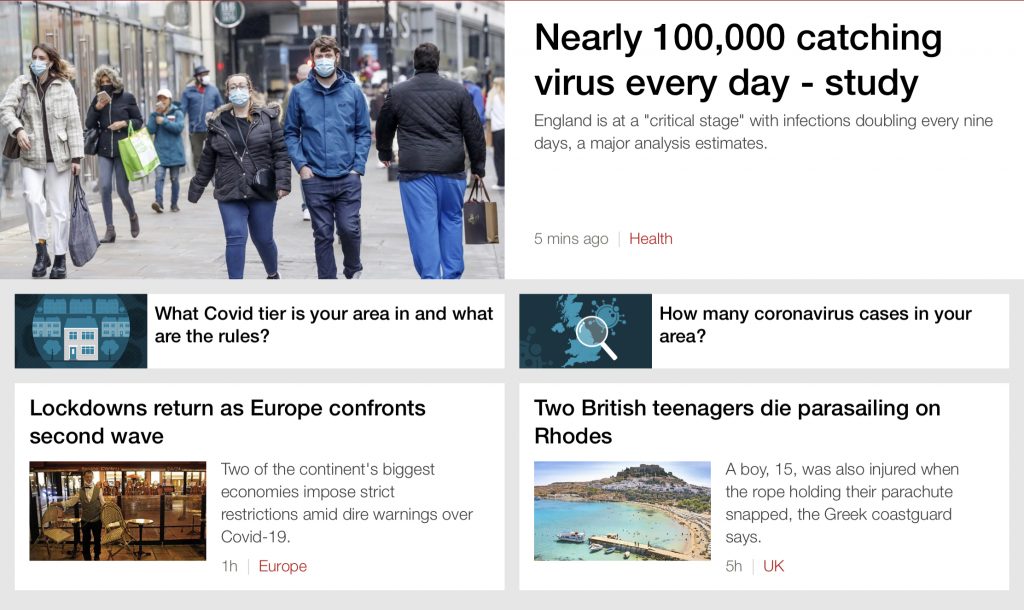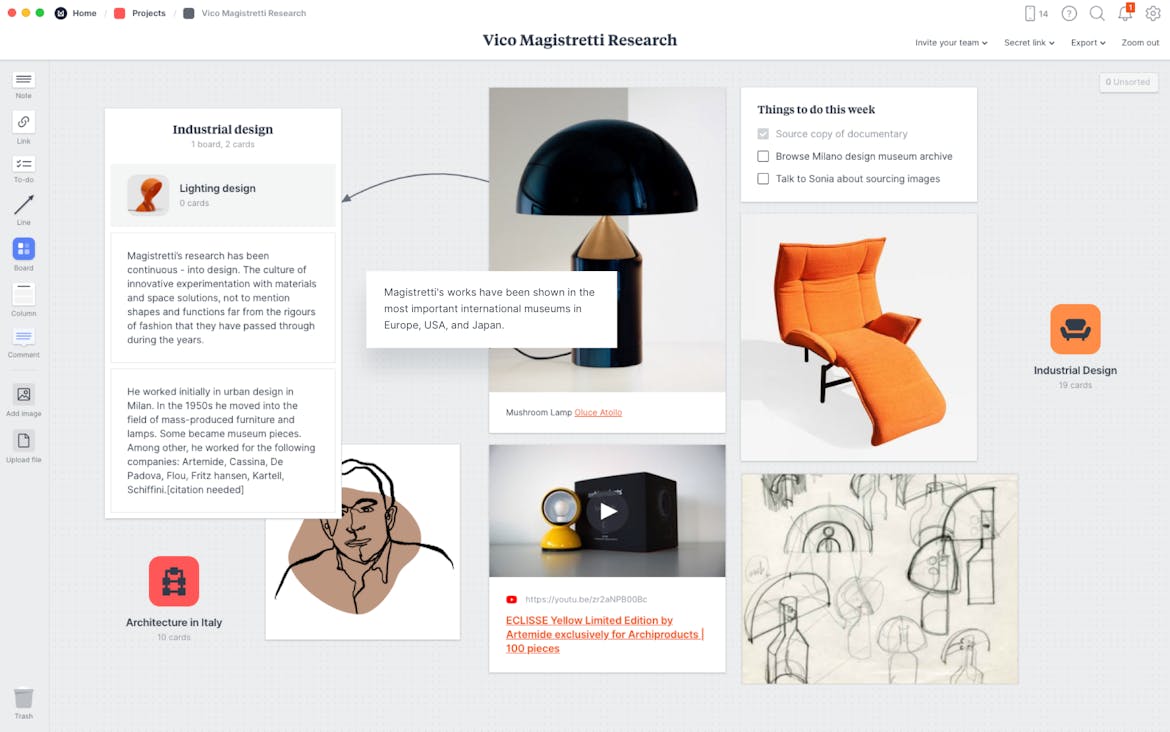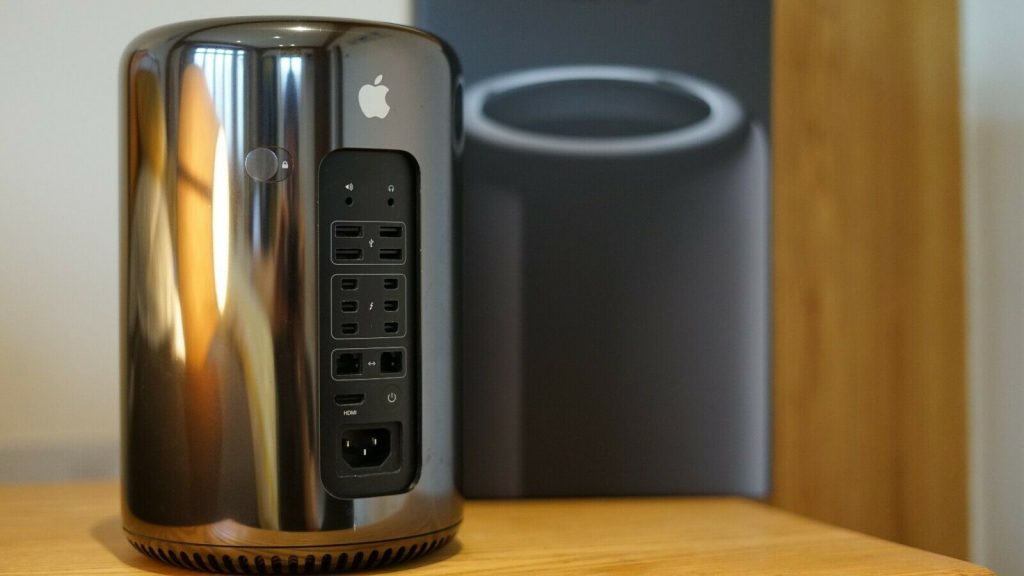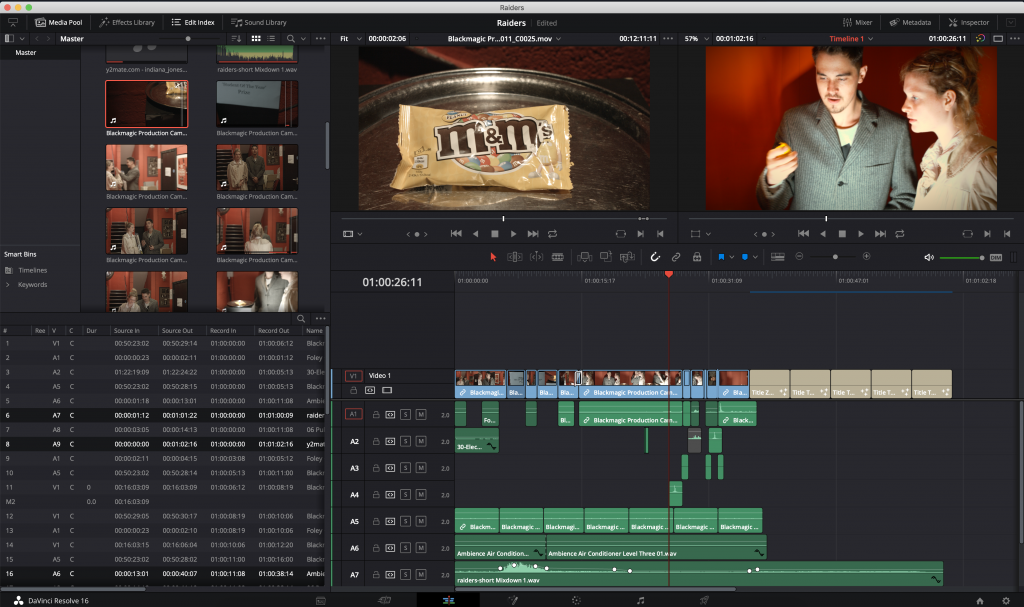It’s (almost) November 2020, and the UK is heading back into a series of local lockdowns or “Tier 3”. COVID is rife and the much anticipated second wave is starting to take hold.
This is my personal story on how COVID has impacted me to date, and how I’ve coped with lockdown and the associated isolation.
When all of this started, I was single, 48 years old and living one of my childhood dreams; preparing to sail around the world on a yacht.

You join me in Gibraltar with a bunch of guys who I’d met only a couple of weeks earlier and hardly knew. We were training for the RYA Yachtmaster ticket, improving our skills and building miles.
I had been travelling in one guise or another since October the year before. October, my mother and I had gone to Zante for 2 weeks as a chance to get away and spend some quality time together. My mum lives in the Isle of Man, so I don’t see her nowhere near as often as I’d like.
December we went to Lanzarote for 3 weeks, again to spend some time together and get away from the cold and wet British weather.
Yes, you may have noticed i seem to have spent most of my time scuba diving and no, at 74 my mother doesn’t scuba dive … in fact she doesn’t even swim! But we did still spend at least half of each day together!
Towards the end of February we are starting to hear reports of COVID and by March it was evident things were going to get worse.
Through local contacts, I had heard that Spain was about to close her borders and I decided it was time to head home, I could always come back later this year to finish the course.
I arrived home on March 15th. Oddly this would have been my Dad’s birthday. It was also the day we said goodbye to him in 2013 following a brief battle with lung cancer.

March 17th, a group of about 20 of us got together for a last supper, I went home, closed my door and pretty much didn’t emerge again until September.

During the next 6 months of self imposed solitary confinement, the UK saw more than 918,000 cases of COVID and experienced more than 45,000 deaths. We were told to stay home if we could, save lives, save the NHS.



Having spent the previous 2 months on an 11 meter (37 foot) yacht co-existing with 4 other blokes, coming home to my 2 bed terrace in Watford felt like a palace! Friends had been cat sitting for me while I was away, but it was evident I had been missed and for the next few weeks and months Vesta barely left my side. Eventually she realised I wasn’t going anywhere and started getting back into her old routines though.

Initially the solitude really didn’t bother me. I was really enjoying the space, my own company and not tripping over everyone on the tiny 3 metre wide boat. I was also mentally prepared for the solitude as I had known I would experience this as I sailed for weeks at a time between countries, with no one to talk to but the birds and the fishes…
I had a long bucket list of things to do while I was away, dozens of books to read, finally learn to play the guitar, write that killer screenplay which I would sell on my return to civilisation – or shoot myself being a budding director and cinematographer.
I sat down and started working on my now 8 year old Mac Pro. It may have been old, but it was still the only Pro computer Apple sold and it was still one of the most powerful ⎌in their product range. The only problem was, it was slow. It couldn’t cope with rendering even some of the most basic 4K film projects, and to be honest I had become quite disillusioned with Apple and OS X over the last couple of years anyway. I decided that as I was going to be stuck here for the next few months, and as the purchase of my boat had fallen through thanks to COVID, I had some spare cash and it was tie to buy a new computer. So, I bit the bullet and decided it was time to build myself a new PC.

My old day job, before I sold the company in June, was running an ISP (or Internet Services provider). I built and ran Linux based servers all day, every day, so the building of a PC wasn’t scary. Switching to Windows on the other hand, and OS I really hadn’t looked at since the days of Windows XP – well that was something else!
I ran a few tests, just to make sure, and soon became convinced that actually OSX was old hat and what a refreshing change Windows 10 was … Microsoft had finally done something right!
I placed the order for the components and £3,500 and a week later they arrived, and were soon assembled into a shiny new PC.

I needed to test out this beast, and ran a few benchmarks …. yes, this was an awesome bit of kit, so much faster than my old Mac.
It was at this stage, I remembered an old computer game which I had been a backer of years earlier, but had to stop playing the Mac because the Mac just couldn’t keep up. No, not Crisis, this was Elite: Dangerous … so I dug out the download, installed it, found my VR headset and resurrected my old account.
That, was my first big mistake. I got so hooked on the game that I played for 2 months straight. 12 hours a day at least! I took my ancient and barely developed account and turned it into a multiple Elite level beast. I increased my credit balance from 100,000 credits to 30 Billion credits in the space of those 2 months and bought a fleet carrier … which got me even more hooked! I then started a 2nd character, and a 3rd! I was playing for hours in bed on my old Xbox, before getting up playing some more on the PC first as one character, then as the other. All I did for 2 months solid was play this game!
I met a bunch of interesting players online, and even got one of my old friends to install Elite and start playing, much to his wife’s chagrin as apparently the DIY jobs around the house weren’t going to do themselves!
It was now May and my 49th Birthday. We were still heavily in lockdown, and I celebrated the day on my own … well with Vesta. A sad and sobering day, one which would normally be filled with dozens of friends, a BBQ in my garden and more often than not, followed by at least 2 days of clearing up and a recycling bin overflowing with bottles!
June came and went. My mums 74th birthday, we’d usually spend the time together in London, doing a show or two, dining out and always some window shopping. Instead it was spent briefly on Skype before getting back to more Elite.
July and August soon blurred into one. By this time though, my mood had changed. I hadn’t noticed at the time, but May, June and July started to see the depression really set in. I was no longer bothering to do anything around the house, I was ordering take out more and more. Amazon had been delivering my groceries for weeks/months. They were the only place that still had delivery slots and even they weren’t all that easy to get.
By this stage I had put on 20kg through constant snacking and no exercise. All the weight I had lost since August 2019 had been put back on, and some. I couldn’t even get into clothes that were falling off me in January … and realising this just made the depression worse. And what do I do when I’m depressed? I comfort eat! Yes, putting on even more weight.
I decided I needed to do something, and had seen that Raindance were starting a BA(Hons) top up course in film making. 3 years ago, when I had decided I wanted to change the direction my life was going in, I had signed up for a 2 year HND course in film and media studies. I loved the course, met so many amazing people and made a bunch of new friends… we made nearly 50 films in the 2 years, many were experimental, some made it to festivals and a handful were screened at the Vue Cinema in Leicester Square. Life was good!
I graduated with a distinction, and the same year found a buyer for my ailing company. Did a deal and found myself free to explore and experience life. My mid life crisis was well underway!
Now however I was really beginning to feel lonely, prone to frequent outbursts of tears for no real reason and I was finding it harder and harder to sleep.
Part 2 follows next week








/cdn.vox-cdn.com/uploads/chorus_image/image/65613211/microsoftedgenewlogo.5.jpg)



















